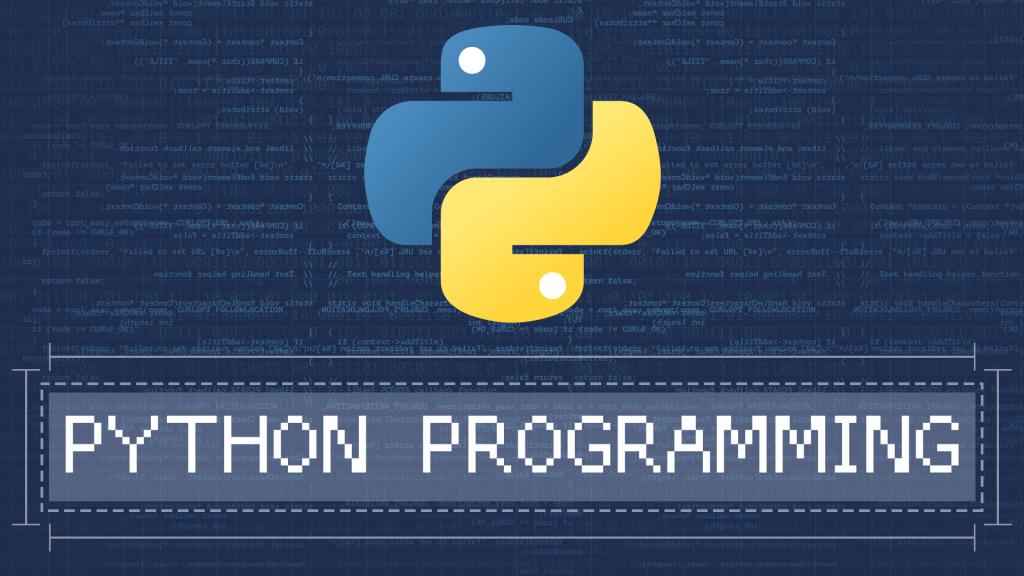
If you’re looking to develop Telegram bots or automate tasks on the Telegram platform using Python, Pyrogram is a powerful and easy-to-use library that can help you achieve that. In this article, we will guide you through the process of installing Pyrogram in Python, allowing you to get started with Telegram bot development quickly and efficiently.
Table of Contents
- Introduction to Pyrogram
- Prerequisites
- Installing Pyrogram
- Setting up Your Environment
- Creating a Telegram Application
- Writing Your First Pyrogram Script
- Conclusion
- FAQs
1. Introduction to Pyrogram
Pyrogram is a client library for the Telegram API that enables developers to interact with the Telegram platform using Python. It provides a simplified and intuitive interface for building Telegram bots, making it easier for developers to create powerful and feature-rich applications.
2. Prerequisites
Before installing Pyrogram, make sure you have the following prerequisites:
- Python installed on your system
- Access to a command-line interface (e.g., Terminal, Command Prompt)
3. Installing Pyrogram
To install Pyrogram, follow these steps:
- Open your command-line interface.
- Run the following command to install Pyrogram using pip:
bashCopy codepip install pyrogram
4. Setting up Your Environment
Once Pyrogram is installed, you need to set up your development environment. Here’s what you need to do:
- Create a new directory for your project.
- Navigate to the project directory using the command-line interface.
- Create a virtual environment by running the following command:
bashCopy codepython -m venv myenv
- Activate the virtual environment. On Windows, run:
bashCopy codemyenv\Scripts\activate
On macOS and Linux, run:
bashCopy codesource myenv/bin/activate
5. Creating a Telegram Application
Before you can start using Pyrogram, you need to create a Telegram application and obtain API credentials. Here’s how you can do it:
- Visit the Telegram API website and log in to your Telegram account.
- Fill in the required information to create a new application.
- Once your application is created, you will receive an API ID and API hash.
6. Writing Your First Pyrogram Script
Now that you have Pyrogram installed and your environment set up, you can start writing your first Pyrogram script. Here’s a simple example to get you started:
pythonCopy codefrom pyrogram import Client
api_id = YOUR_API_ID
api_hash = 'YOUR_API_HASH'
with Client('my_session', api_id, api_hash) as app:
# Your code here
pass
Replace YOUR_API_ID with your API ID and 'YOUR_API_HASH' with your API hash obtained from the previous step. You can then write code to interact with the Telegram API and build your desired functionality.
7. Conclusion
In this article, we discussed how to install Pyrogram in Python for Telegram bot development. We covered the installation process, setting up your environment, creating a Telegram application, and writing your first Pyrogram script. With Pyrogram, you have a powerful library at your disposal to build innovative and interactive Telegram bots.
FAQs
Q1: Can I use Pyrogram to create multiple bots? A1: Yes, Pyrogram allows you to create and manage multiple bots within the same script.
Q2: Does Pyrogram support all Telegram API features? A2: Yes, Pyrogram supports the majority of Telegram API features, allowing you to utilize various functionalities in your bots.
Q3: Can I deploy my Pyrogram bot to a server? A3: Absolutely! Once you have developed your Pyrogram bot, you can deploy it to a server to keep it running 24/7.
Q4: Are there any alternative libraries for Telegram bot development in Python? A4: Yes, other popular libraries for Telegram bot development in Python include python-telegram-bot and telebot.
Q5: Where can I find more resources and examples for Pyrogram? A5: You can visit the official Pyrogram documentation and GitHub repository for more resources and examples.
Get started with Pyrogram today and unleash the power of Telegram bot development in Python!